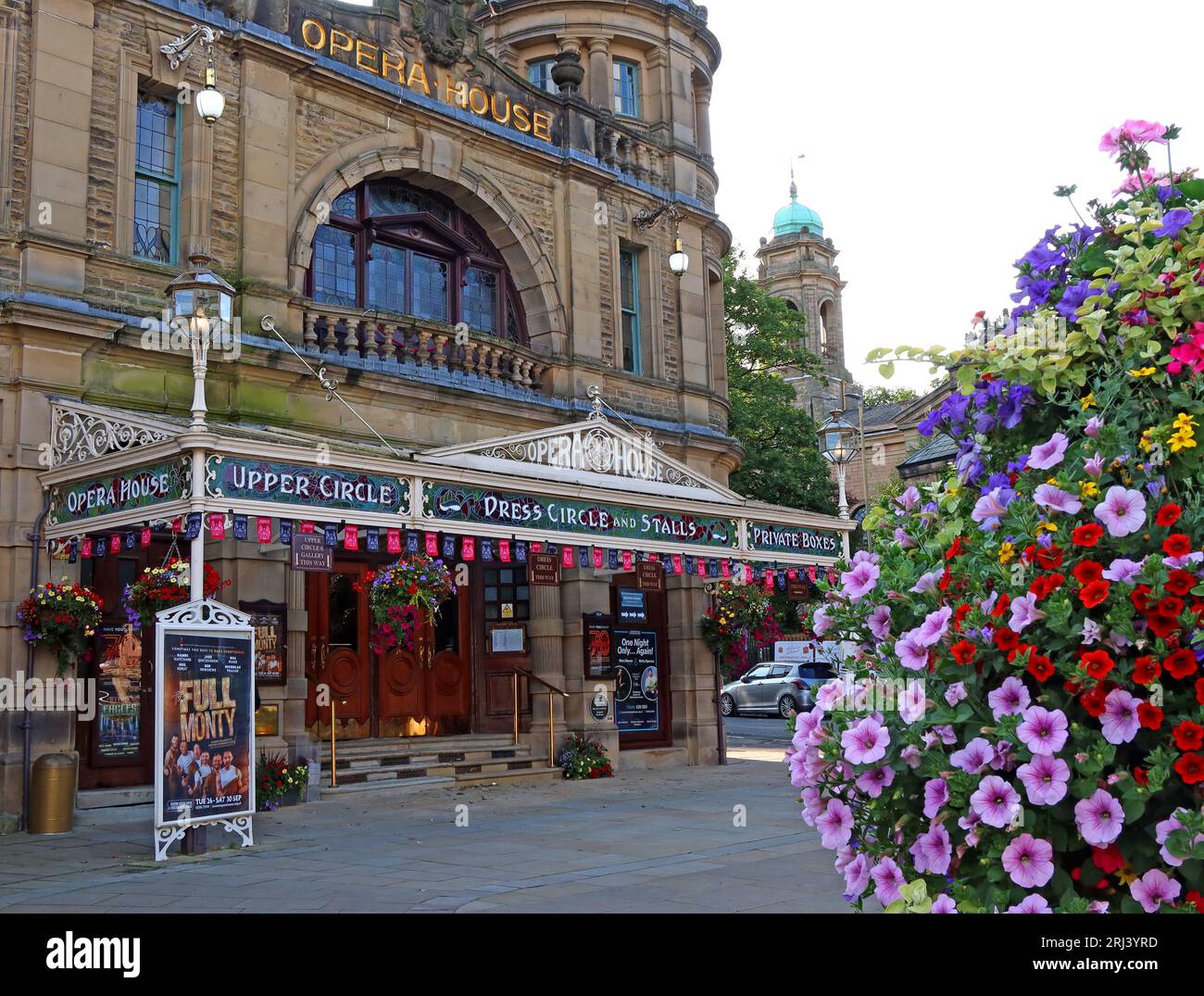The Opera House by Frank Matcham,, The Square, Water St, Buxton, High Peak, Derbyshire, England, UK, SK17 6XN

Image details
Contributor:
Tony Smith / Alamy Stock PhotoImage ID:
2RJ3YRDFile size:
50.2 MB (2.4 MB Compressed download)Releases:
Model - no | Property - noDo I need a release?Dimensions:
4812 x 3648 px | 40.7 x 30.9 cm | 16 x 12.2 inches | 300dpiDate taken:
20 August 2023Location:
The Square, Water St, Buxton, High Peak, Derbyshire, England, UK, SK17 6XNMore information:
Buxton Opera House is in The Square, Buxton, Derbyshire, England. It is a 902-seat opera house that hosts the annual Buxton Festival and the International Gilbert and Sullivan Festival, among others, as well as pantomime at Christmas, musicals and other entertainments year-round. Hosting live performances until 1927, the theatre then was used mostly as a cinema until 1976. In 1979, it was refurbished and reopened as a venue for live performance. The Buxton Opera House was built in 1903 and designed by Frank Matcham, who designed the London Palladium, the London Coliseum and many other theatres throughout the UK. The first production at the theatre was Mrs Willoughby’s Kiss. The Opera House ran as a successful theatre, receiving touring companies until 1927, when it was turned into a cinema. Silent films were shown until 1932 when the theatre was wired for sound and could present "talkies". The Opera House also became the venue for an annual summer theatre festival from 1936 to 1942, two of them in conjunction with Lilian Baylis and her London-based Old Vic company. People who performed at the opera house include the actor Alec Guinness, the comedians Ken Dodd, Peter Kay, Harry Hill, Sarah Millican and John Bishop, the musical artists Howard Jones, Aled Jones, Leo Sayer and Razorlight, and the ballerina Anna Pavlova. After the Second World War, the theatre continued to serve primarily as a cinema. The building was designated a Grade II* listed building in 1970. The Opera House gradually fell into disrepair. In 1979, the building was restored, and an orchestra pit was added to the original Matcham design. Since then, the Opera House has been a full-time venue for stage productions, presenting approximately 450 performances per year